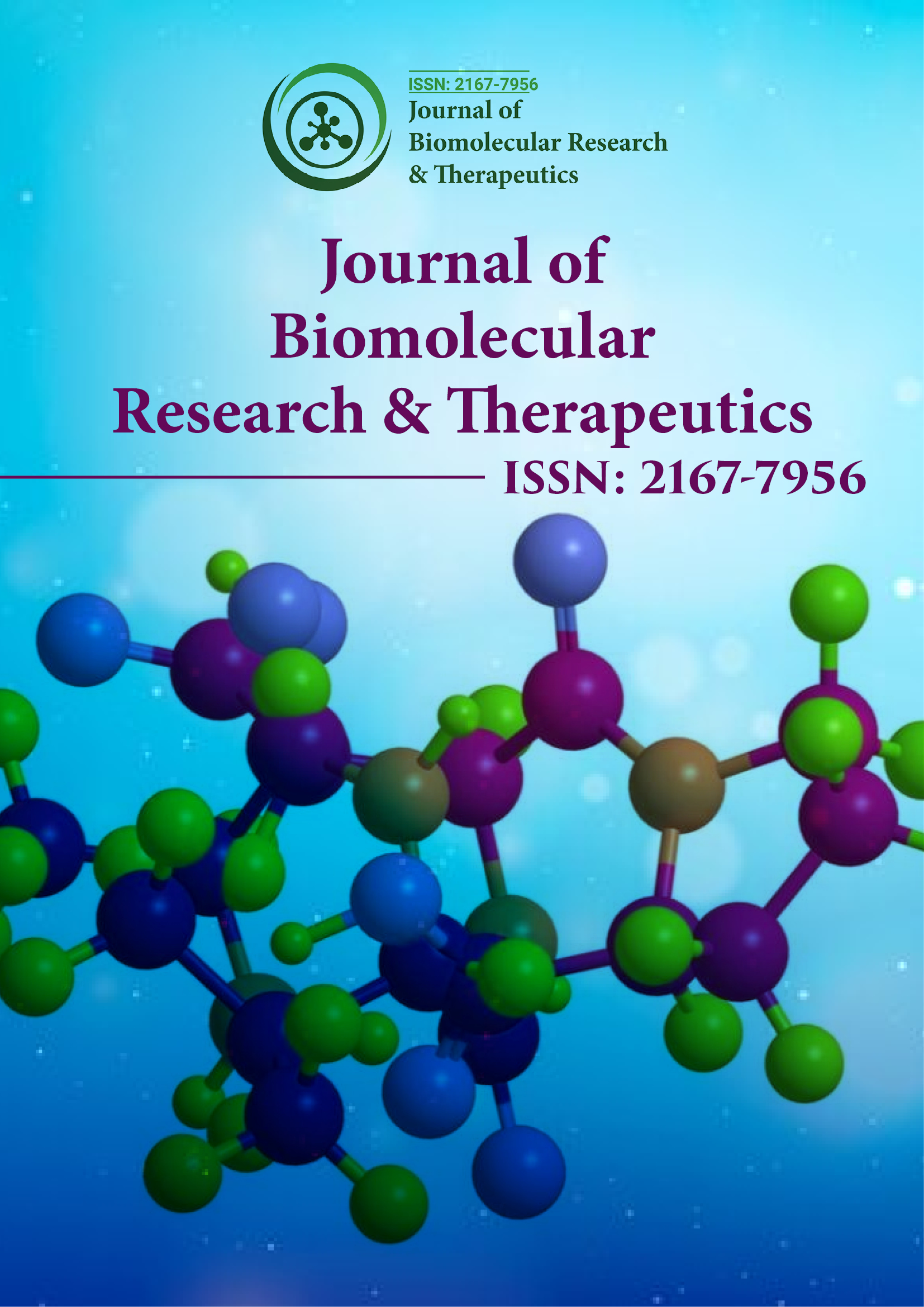Indexado em
- Abra o Portão J
- Genamics JournalSeek
- Bíblia de pesquisa
- Biblioteca de periódicos eletrônicos
- RefSeek
- Universidade de Hamdard
- EBSCO AZ
- OCLC- WorldCat
- Catálogo online SWB
- Biblioteca Virtual de Biologia (vifabio)
- publons
- Euro Pub
- Google Scholar
Links Úteis
Compartilhe esta página
Folheto de jornal

Periódicos de Acesso Aberto
- Agro e Aquicultura
- Alimentos e Nutrição
- Bioinformática e Biologia de Sistemas
- Bioquímica
- Ciência de materiais
- Ciencias ambientais
- Ciências Clínicas
- Ciências Farmacêuticas
- Ciências gerais
- Ciências Médicas
- Cuidados de enfermagem e saúde
- Engenharia
- Genética e Biologia Molecular
- Gestão de negócios
- Imunologia e Microbiologia
- Neurociência e Psicologia
- Química
Abstrato
Uma Visão Geral dos Efeitos Terapêuticos do Leite de Camelo no Tratamento da Diabetes Mellitus Tipo 1
Abdalla KO
O principal tratamento da diabetes mellitus tipo 1 (DM) é a reposição de insulina por via parentérica, o que está longe de ser satisfatório. O leite de camelo é uma alternativa ao tratamento atual com insulina. Este artigo discute os constituintes químicos e as propriedades do leite de camela, as evidências experimentais recentes sobre a eficácia do leite de camela no tratamento da diabetes mellitus dependente de insulina, o papel do leite de camela na restauração das células beta danificadas do pâncreas e na melhoria da metabolismo lipídico perturbado associado à DM tipo 1, bem como os efeitos do leite de camelo na melhoria dos parâmetros de função clínica dos rins e do fígado de indivíduos com diabetes mellitus insulino-dependente.
Este artigo demonstra que o leite de camelo causa uma redução significativa nas dosagens de insulina em diabéticos insulino-dependentes para obter um controlo glicémico juntamente com uma melhoria significativa do nível de HbA1c e uma melhoria da microalbuminúria. Foram também observadas melhorias significativas no metabolismo lipídico, no índice de massa corporal (IMC), nos parâmetros bioquímicos das funções hepática e renal de indivíduos experimentais alimentados com leite de camelo com diabetes tipo 1. O leite de camelo funciona como um regulador do açúcar no sangue na ausência da insulina original e parece funcionar em conjunto com as capacidades restauradoras e regenerativas do próprio corpo. O leite de camelo é bem tolerado e a sua utilização não está associada ao aumento de eventos hipoglicémicos. O leite de camelo pode ser capaz de eliminar a toxicidade induzida pelo aloxano e outros produtos químicos no pâncreas e noutros órgãos do corpo através de efeitos regenerativos nas células danificadas e pode ser utilizado como tratamento restaurador da diabetes.